When you look at some of the most iconic traits of ancient civilizations, a lot of it has to do with battle and warfare in general. Back in the day, you had to fight to survive, and many of the ancient civilizations had a habit of squabbling and causing trouble for each other. However, the Inca civilization is quite different. They had a proper form of government, and they were known to work together. Their focus was to feed everyone, and support whoever they could.
It’s only natural that their military was particularly advanced when it came to training. Just as they put plenty of effort into figuring out everyone’s roles, they were also adept at providing adequate training to their troops. Keep in mind that the Inca civilization was the largest in the world at one point, which meant there was still some warring. Here are some of the top Inca weapons and armor used in battle.
The Inca Ayllus

One of the more interesting weapons in the list is known as the Inca ayllu. Typically, the Inca civilization would rely on negotiations and good relations with others, which is why the ayllu wasn’t necessarily meant for enemy soldiers, but rather game hunting. However, it didn’t mean that this handy weapon wasn’t useful in battle. The ayllu is hurled at the legs of their enemies, momentarily slowing them down and potentially incapacitating them.
The Spanish conquistadors used horses in battle, and the Inca had a tendency to even the playing field by hurling it at the horse’s legs. This tactic, more often than not, worked in their favor. The Inca were quite good at the use of this particular weapon, and the conquistadors knew to be wary when using horses against the Inca. While not the most elegant weapon, it’s certainly useful.
The Inca Waraka
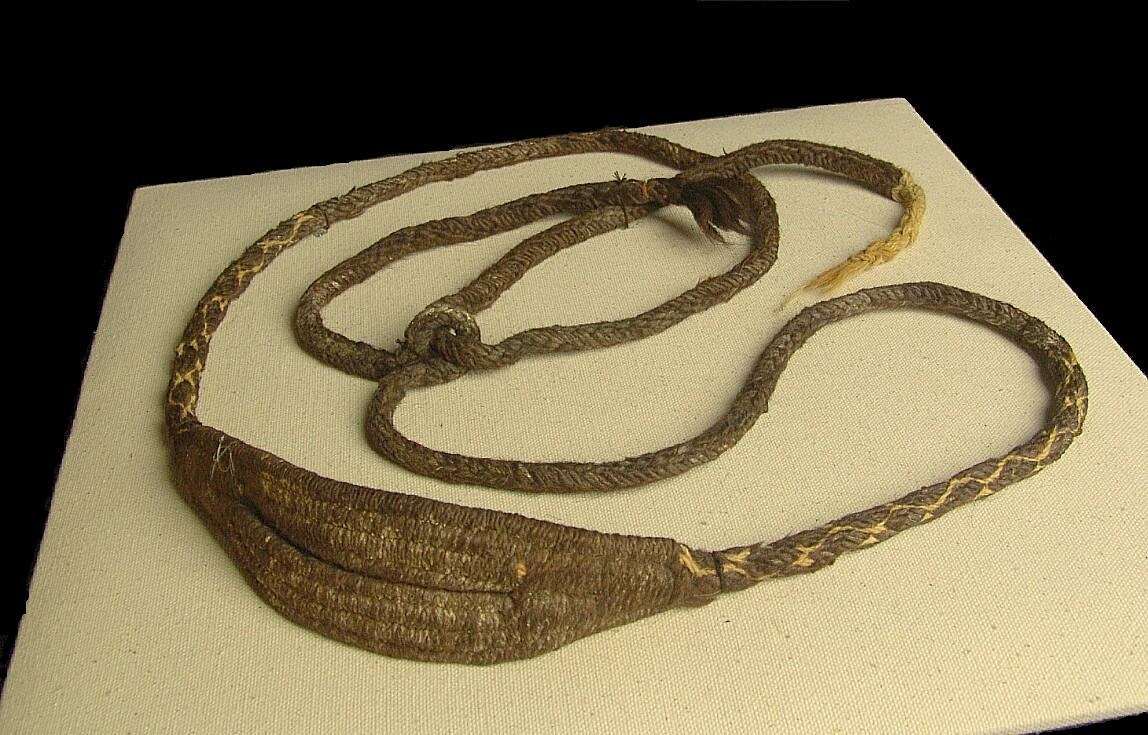
To continue the trend of interesting Inca weapons, the waraka is one of their most iconic tools for warfare. Typically, projectile weapons rule the open field during battles, and many of the soldiers needed a combination of close-combat weapons and a projectile weapon to protect themselves from enemy soldiers. The waraka is a large sling designed to hurl decently sized rocks toward opponents. When paired alongside the ayllus, it creates a situation where the enemies get incapacitated and pelted — not necessarily in that order.
While it’s not necessarily the most destructive weapon in the Inca arsenal, it most certainly was one of the deadliest. When enough soldiers would hurl decently large stones at the enemy through durable slings, it was often enough to break their rank and cause all sorts of chaos.
The Wachina and Wachi

The Inca civilization used their slings — widely known to be their deadliest projectile weapon — but there came a time when the Incas learned to harness the bow and arrow. As if that wasn’t enough, the Incas were quite fond of adding poison or incendiary elements to their arrows, making those trained in the wachina and wachi some of the most feared in an Inca army.
The Incas were fond of training their soldiers, and held routine training sessions to ensure they were at their best. When it came to the bow and arrow, they worked tirelessly to hone their senses and ensure they were some of the deadliest hunters in an Inca army.
The Chiqtana

While the slings, bows, and the bola were all incredible weapons in the arsenal of the Inca army, the chiqtana is undoubtedly one of the most versatile. It was basically a light ax that just about every Inca soldier had in their arsenal. It acted as a secondary weapon when their primary weapon was discarded, though it would be wise not to underestimate such a weapon.
Not only was the chiqtana light, but it was also devastating in the hands of a skilled warrior. Axes are meant to break through defenses and cause all kinds of havoc, and the Inca soldiers were trained rigorously in its use. Considering that many battles would erupt in a grand melee, many soldiers end up using their light ax as their primary weapon. The chiqtana certainly made the life of the conquistadors difficult!
The Waqtana

Sometimes, it doesn’t take too much to make an impact in the middle of a battle. When you swing a large enough stick, people will start to take notice. The waqtana was a weapon that often struck fear in the hearts of the more primitive Incas, as it was a large club meant to maim and incapacitate. However, the Incas were quite creative, and they eventually made armor pieces that would dull the blow of the waqtana.
Eventually, it fell out of favor with the soldiers, as the waqtana was usually unwieldy and difficult to swing. It would’ve been fine if it still did a tremendous amount of damage, but it would only be really effective against unarmored soldiers. There would come a time when most soldiers in the Inca army would be armored enough that there was little to fear from this once terrifying weapon.
The Tuksina
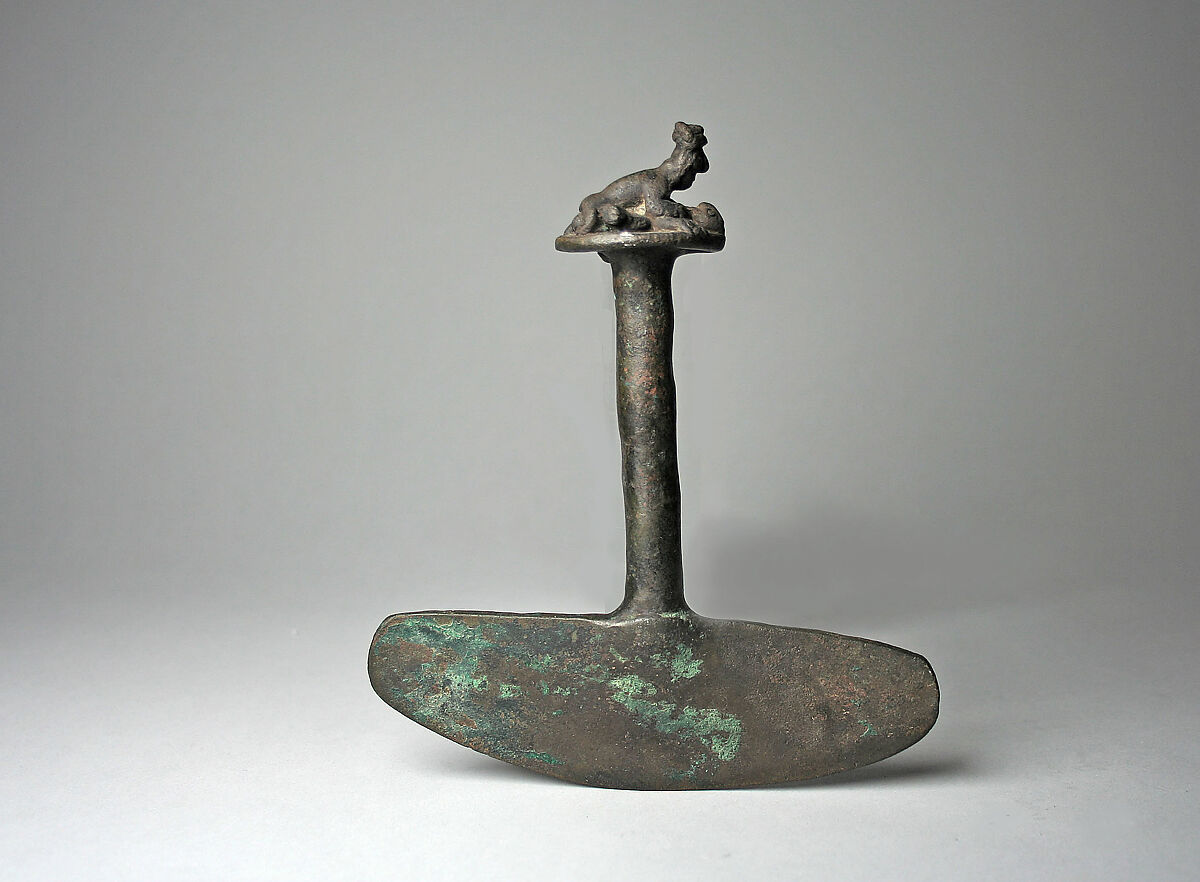
The tuksina has an interesting history, as it’s better known as the Inca dagger. Despite being known as a dagger, it was used more in executions and rituals than anything in battle. Typically, daggers would be used as a last resort — and perhaps the Inca soldiers indeed used these tsukina when they ran out of options — but they were more likely to just have their axes when they could no longer use other weapons.
There have been outlandish claims about the importance of the tuksina, but the fact of the matter is that the Incas probably didn’t consider the dagger as a useful battlefield weapon. Instead, it was mostly used in rituals. As far as whether it could be effective as a weapon, many of the designs of the tsukina makes it seem rather unwieldy.
The Champi
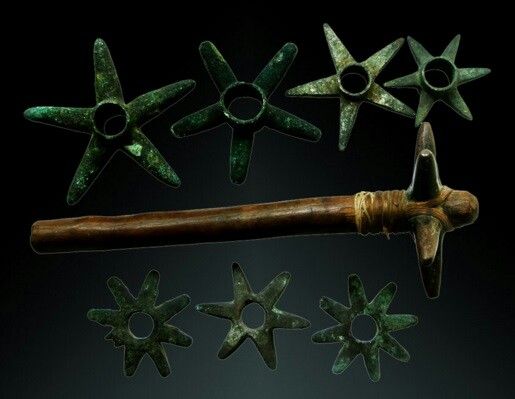
If the chiqtana — the light ax — was the most popular secondary weapon, then the champi — the mace — was the most popular primary weapon for the Inca soldiers. It wasn’t quite like the bat where you needed plenty of strength to wield the weapon. It also had a weighted end to ensure that you could smash through armored parts.
Many Inca soldiers used a combination of the light ax and the mace in battle, as they could be wielded simultaneously. During the great melees of Inca battle, most of the soldiers had either the chiqtana or the champi.
The Chuki
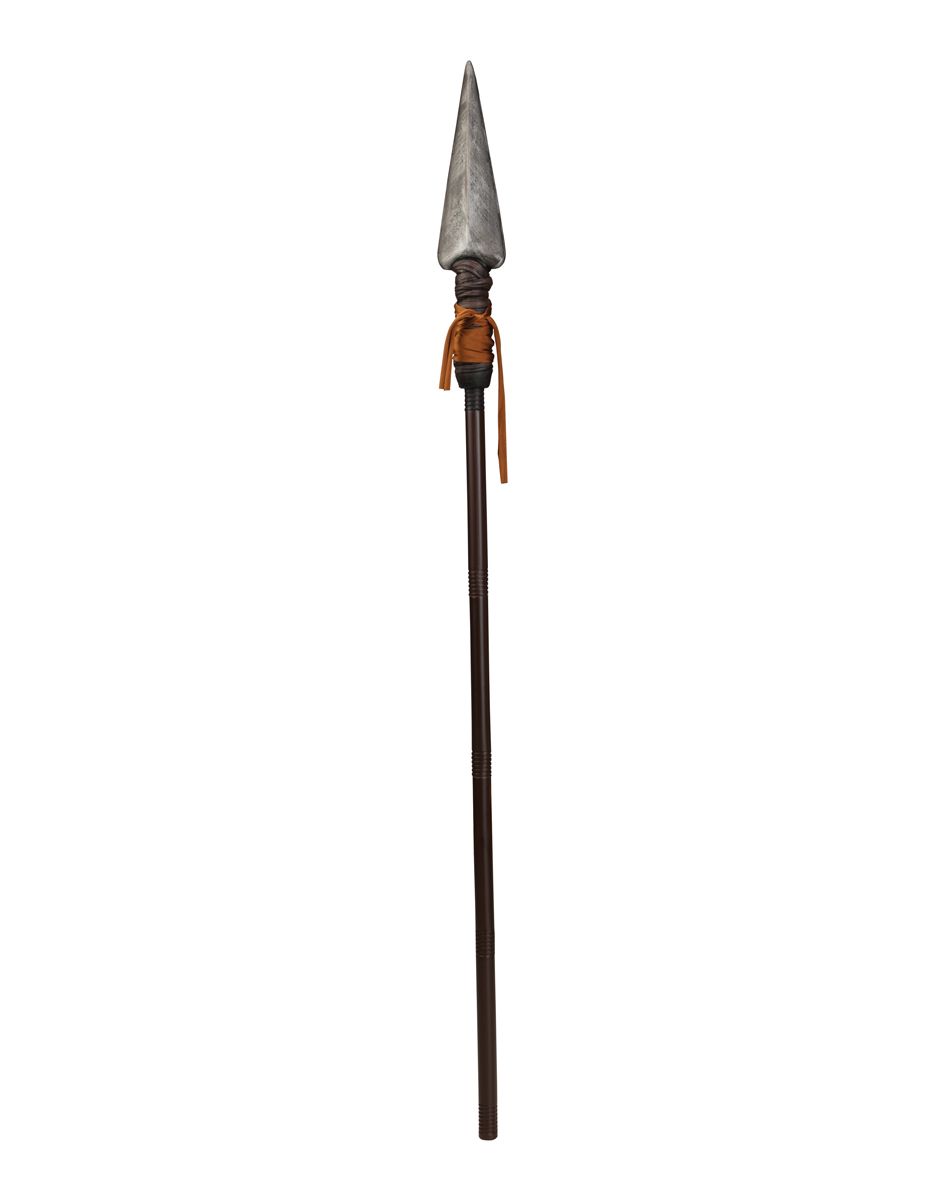
In the arsenal of most ancient civilizations, the spear is usually the most popular as far as the main weapon goes. The Greeks would fight with spears in one hand and shields on the other — and the ancient Egyptians had a similar setup. Even the Mesopotamians fought fiercely with spears, and considered them one of the main weapons. While the Incas also fought with spears, they were more fond of maces and light axes.
Nonetheless, it didn’t change the fact that the Incas made good use of their spears, especially in the fight against the Spaniards. They needed all the help they could get, and while they would eventually be beaten, they used all the weapons in their repertoire to fight back.
The Kumana

The kumana is proof that even if the Incas were not particularly fond of a weapon for battle, they still used it however they could. The spear was mainly used to hunt, and the kumana was a means of hurling the spear to catch their prey. It didn’t see extensive use in battle, as they favored many other weapons and trying to hurl spear using the kumana was not a good idea on the open field.
However, during the fight against the Spaniards, the Incas resorted to guerilla warfare, hurling their spears through ambushes and various other military tactics. As stated above, they used every weapon they possibly could to try to even the playing field.
The Kunka Kuchuna
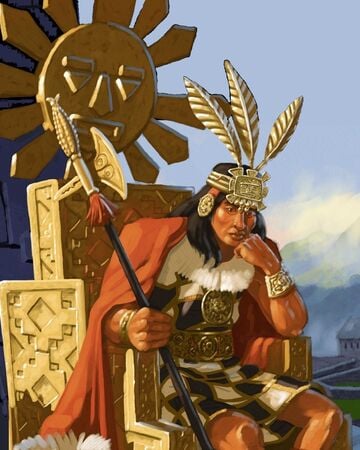
The reason why some weapons are more iconic than others is due to what it represents. For example, the ancient Chinese and Japanese used the steel fan in battle, but it was more a symbol of authority than anything else. The steel fan could be used to block an incoming attack, but it gained popularity due to its symbolism. In the case of the Incas, the kunka kuchuna — more commonly known as the halberd — was a symbol of great power within the Inca civilization.
It was usually wielded by great powers or by people of authority, and those with the skill to use a halberd were feared across the battlefield. The halberd was as deadly as it was useful, as it acted as an ax, a scythe, and a spear. Such a combination of features meant the warrior had plenty of options in battle.